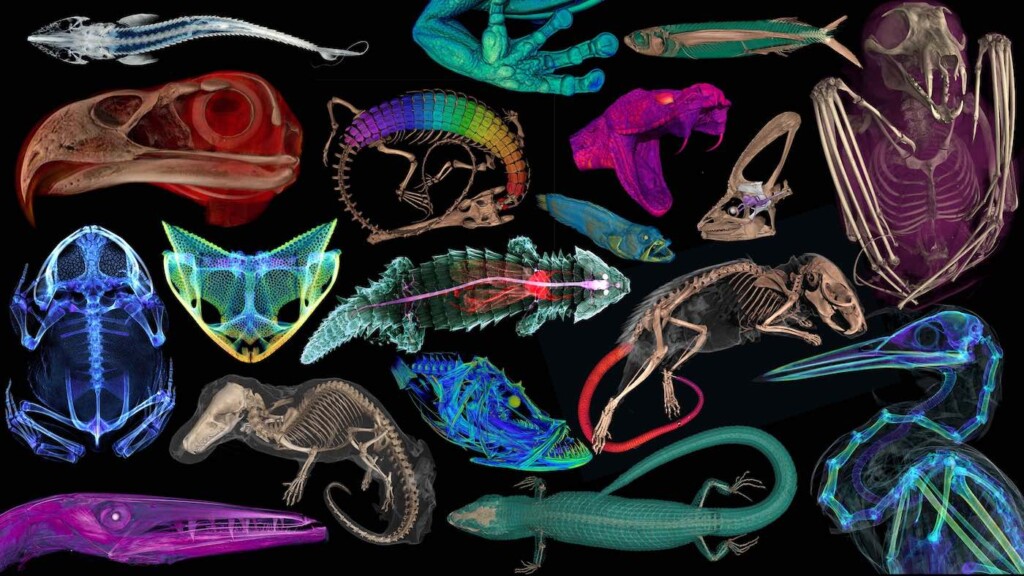
3D scanned creatures by oVert – Released by Florida Museum of Natural History / SWNSAn incredible new project has scanned thousands of creatures to advance scientific research and provide colorful images to the world. Natural history museums have entered a new stage of scientific discovery and accessibility with the completion of openVertebrate (oVert), a five-year collaborative project among 18 institutions to create 3D reconstructions of vertebrate specimens and make them freely available online. Now, researchers have published a summary of the project in the journal BioScience reviewing the specimens they’ve scanned to date, offering a glimpse of how the data might be used to ask newquestions and spur the development of innovative technology. “When people first collected these specimens, they had no idea what the future would hold for them,” said Edward Stanley, co-principal investigator of the oVert project and associate scientist at the Florida Museum of Natural History. Such museums got their start in the 16th century as cabinets of curiosity, in which a few wealthy individuals amassed rare and exotic specimens, which they kept mostly to themselves. Since then, museums have become a resource for the public to learn about biodiversity. But, the majority of museum collections remain behind closed doors—accessible only...



